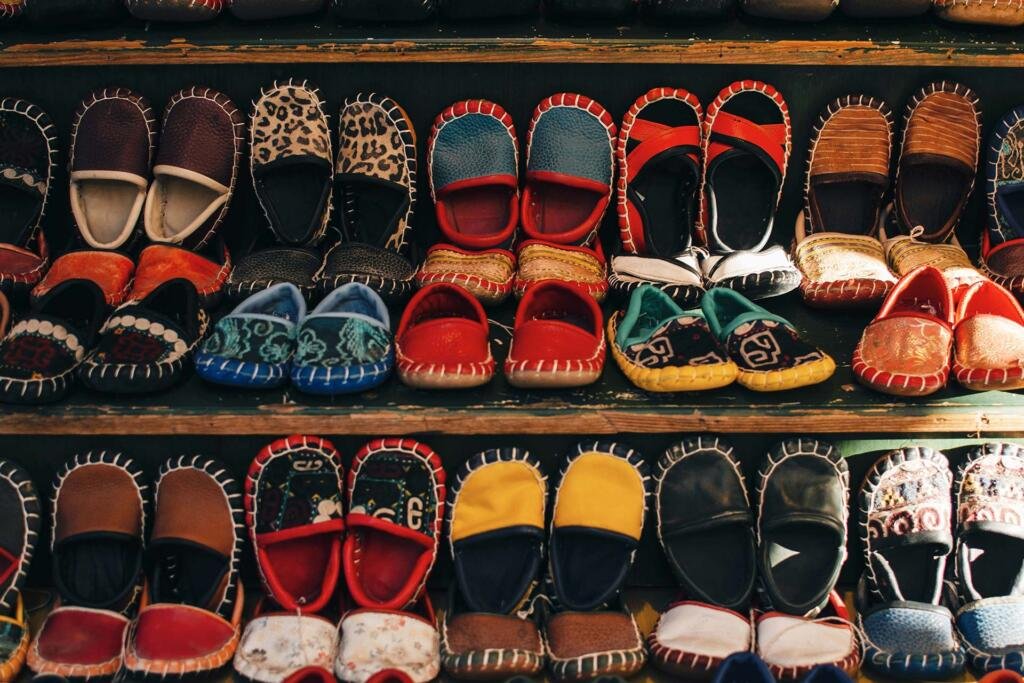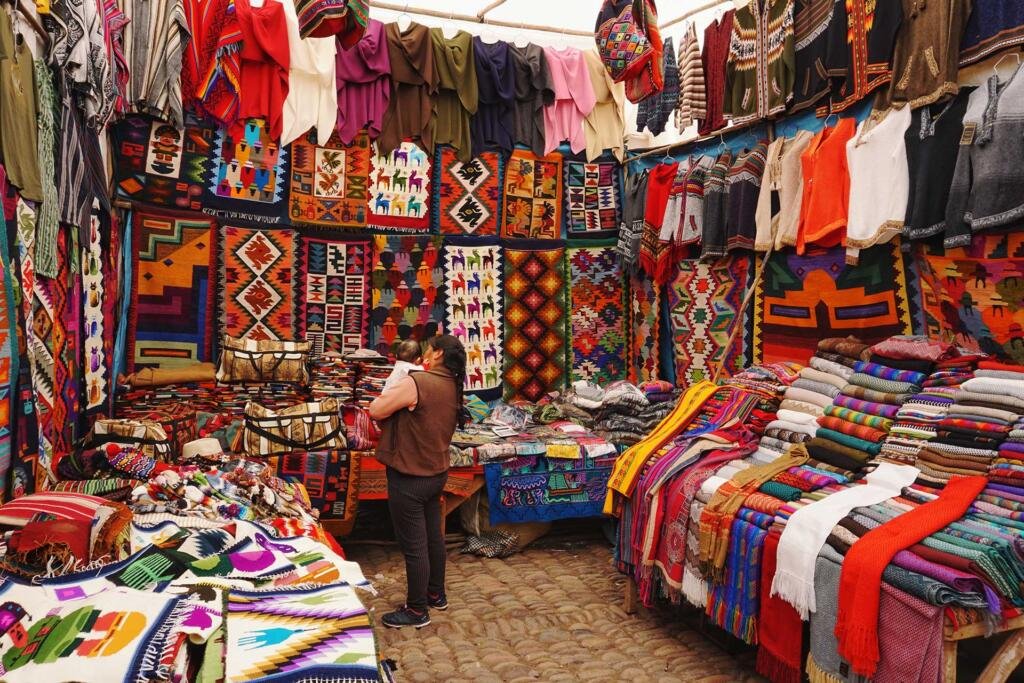Fabric printing has been an essential part of textile design for centuries. From traditional block printing to modern digital techniques, the industry has witnessed tremendous advancements. Today, innovations in eco-friendly inks, high-speed digital printers, and automation are redefining the way fabrics are designed.
Revolutionizing Fabric Printing with Innovation


Challenges:
Environmental Impact: Chemical-based dyes and water usage affect sustainability.
High Production Costs: Advanced printing machines require significant investment.
Color Consistency Issues: Maintaining the same shade across different batches is complex.
Every thread tells a story, and every color adds life to it.
Advantages:
Diverse Printing Methods: Techniques like pigment, reactive, and discharge printing offer various aesthetic effects.
Customization & Creativity: Designers can create unique patterns with minimal restrictions.
Speed & Efficiency: Modern printing reduces production time while ensuring quality.

Disadvantages:
Technical Expertise Required: Advanced printing machines need skilled operators.
Ink Fading Issues: Some prints may lose vibrancy over time.
Solution:
Investing in sustainable printing technologies and water-based inks can balance cost, quality, and eco-friendliness.
Conclusion:
Fabric printing is an ever-evolving industry. With sustainable innovations, businesses can create high-quality, durable, and environmentally friendly designs.


